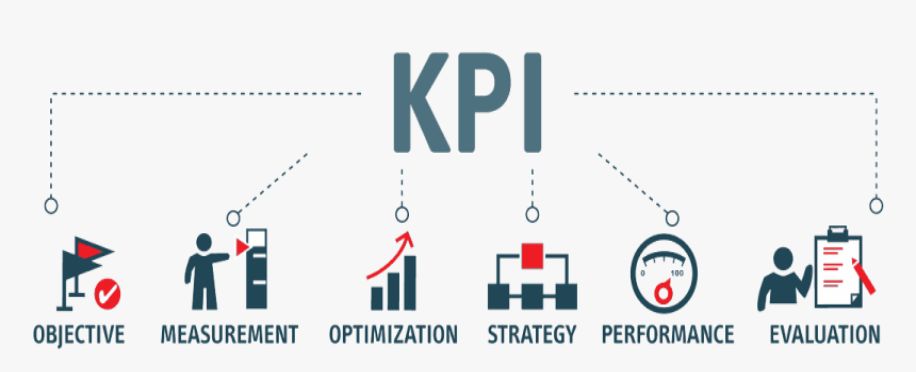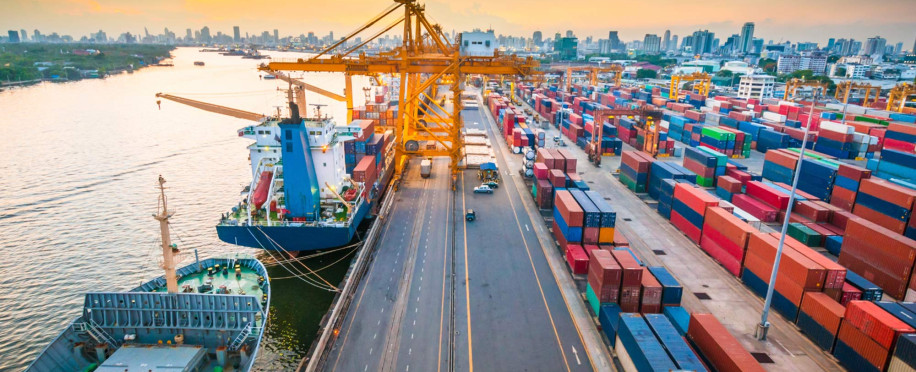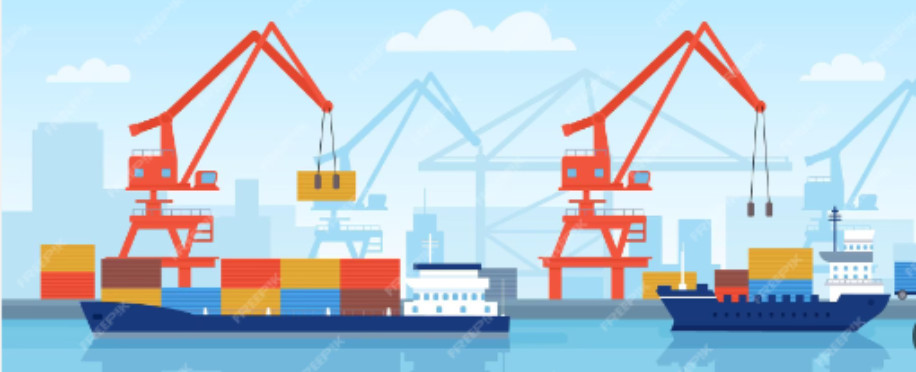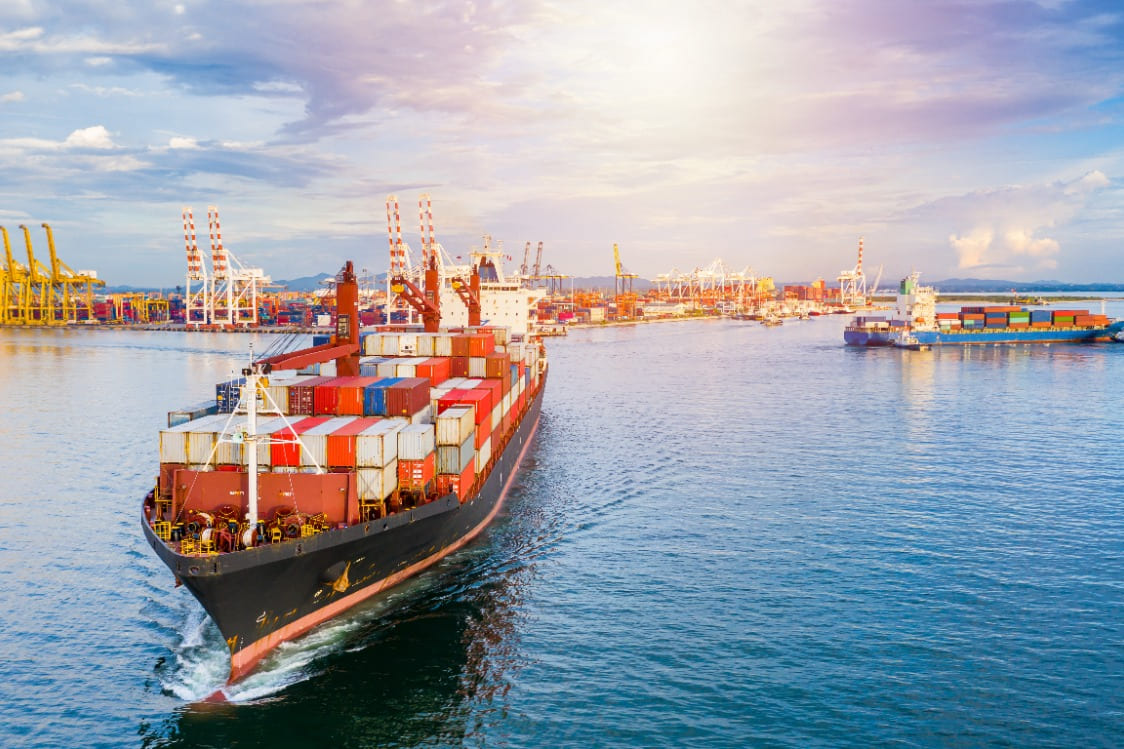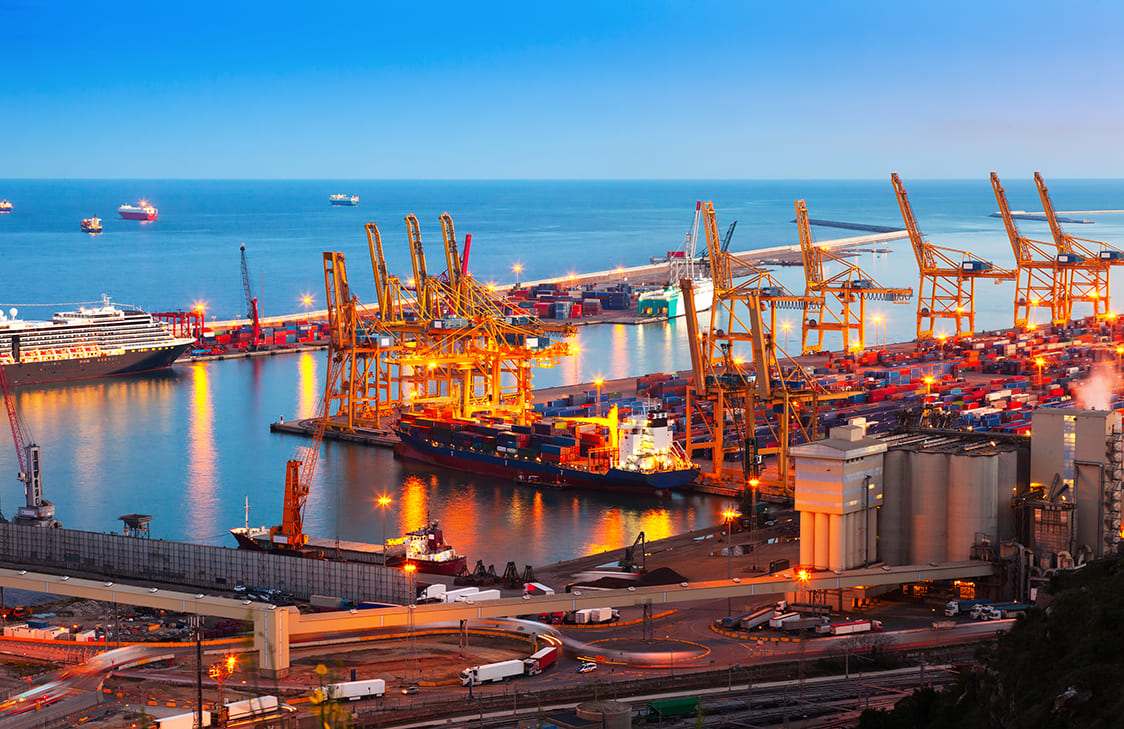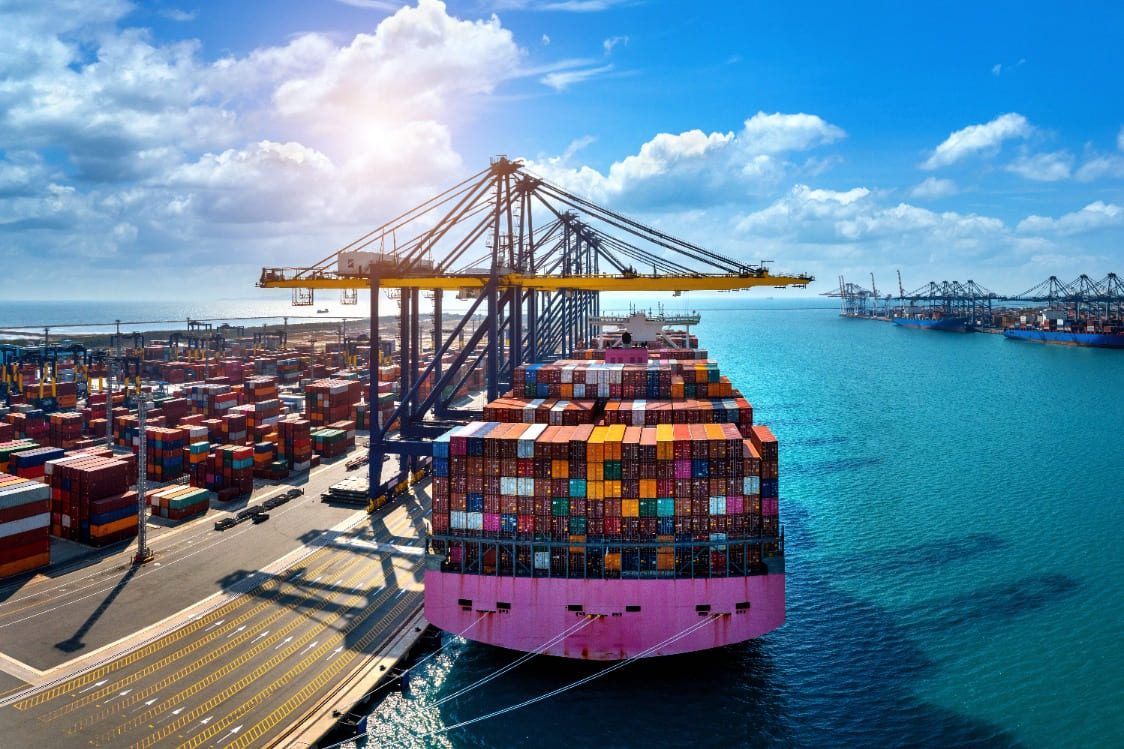Exploring the Impact of Major Shipping Routes on Global Trade

Posted on Jan 20, 2024 at 01:01 AM
From northwest Asia to the east of Europe, from Shanghai to Frankfurt and across the Baltic Sea, a lane of ships sails across the water, following a shipping route that is as old as time and growing more ancient by the day.
From the Arctic Ocean to the Pacific, shipping routes are the sole reason a ship can set sail across a continent free of risk today.
How have these routes affected the way freight is transported to us today? let's learn together in this article.
What is the impact of Major Shipping Routes on Global Trade?
High-density transport lines help a lot in making world trade more accessible and more efficient. These paths, like the Panama Canal, Suez Canal, and Strait of Malacca, enable the critical moving of things from one country to another.
The way these paths work significantly affects how trade and money go around the world. It's essential for businesses everywhere as well.
One big way marine routing helps commercial trade is by lowering transport costs, making these services greener. These shipping routes help deliver goods quickly and cheaply from one location to another.
Moreover, they ensure that stock can be shipped directly and quickly, which benefits everyone involved in this process by saving time and money. In the end, this decrease in travel expenses helps any company make things more cheap and easy to get.
Also, extensive transportation routes help link economies all around the world. These paths join different areas and let the trade of things, helpers, and ideas happen. This helps boost business ties worldwide when everyone depends on each other, too. Lots of countries get together and do things others want. This helps them become better at making stuff and trading with each other, which increases their economic growth and development.
On top of everything we said, main shipping lanes affect how cargo is sent and handled worldwide. They play a significant role in keeping supply chains moving around the globe and contribute to global maritime insurance.
Fast trips help get things where they need to go quickly, cutting down waiting times and ensuring goods are available worldwide. This is very important for businesses that deal with products that can spoil. For example, this includes foodstuff or production processes where time matters a lot.
What are the most used shipping routes?
As the maritime business is becoming one of the busiest across the world, shipping routes are growing ever so fast, now more than ever. Nevertheless, major international shipping routes will remain the main channel for global freight transportation services. Some of the busiest and most used shipping routes are:
-
The Asia-US route encompasses transportation between China and the United States. This route is facilitated by the Panama Canal and is known for its busy vessel trade activity.
-
The transatlantic route was a passage between Europe and North America. This route is crucial for trade between these two continents and is heavily utilised by container ships carrying various goods.
-
The Mediterranean route links ports in the Mediterranean Sea to various destinations worldwide. This route strategically facilitates trade between a network of countries across Europe, Africa, and Asia.
-
The Strait of Malacca, located between the Pacific and Indian Oceans, is one of the most important shipping lanes globally2. It is the shortest route between these two oceans and sees a high volume of vessel traffic.
-
Panama/Suez Canal Route: Vessels are taking advantage of these vital shortcuts between the Atlantic and Pacific Oceans or the Mediterranean and the Red Sea.
How can a maritime training academy help you find shipping routes?
A maritime training academy can be a huge step forward, helping individuals navigate and find shipping routes. These academies offer a range of educational programs designed to equip students with the necessary skills and knowledge that suit any seaway worker.
One of the critical areas maritime training academies focus on is navigation and charting. Students learn how to read nautical charts and interpret navigational aids They also gain proficiency in using electronic navigation systems, enabling them to accurately discover and study new shipping routes.
Another essential thing to include is that these courses contain safety procedures and logistics protection knowledge to combat ant attacks on ships, giving you access to various skills.
All in all
It's clear to us now that shipping routes are the best way to create a map of the ultimate sea roads that connect port to port. Every aspiring captain must learn to navigate these traditional shipping routes and discover new ones!
